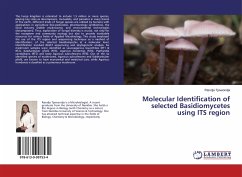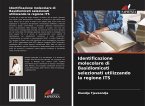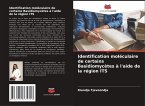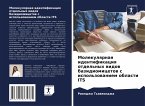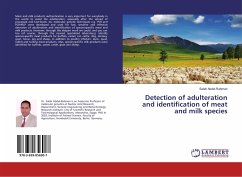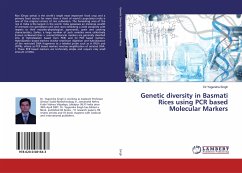The Fungi kingdom is estimated to include 1.5 million or more species, playing key roles as decomposers, mutualists, and parasites in every biome of the earth. Different kinds of fungal species are utilized by humans with applications in agriculture (bio-pesticides), pharmacology (antibiotics), the food industry (edible mushrooms), and environmental technologies (decomposers). Thus, exploration of fungal diversity is crucial, not only for the ecosystem and community ecology but also to provide invaluable resources for various fields of Applied Microbiology. This study employed the use of the ITS region and sequencing technique as a method of identification, of the selected basidiomycetes at a molecular level. Identification involved BLAST sequencing and phylogenetic analysis. Six mushroom samples were identified as Leucoagaricus leucothites (RT1 & RT2), Kalaharituber pfeilii (RT3), Agaricus hondensis (RT4), Psathyrella candolleana (RT5) and lastly Agaricus subrufescens (RT6). Outof the six identified species of mushrooms, Agaricus subrufescens and Kalaharituber pfeilii, are known to have economical and medicinal uses, while Agaricus hondensis is classified as a poisonous mushroom.
Bitte wählen Sie Ihr Anliegen aus.
Rechnungen
Retourenschein anfordern
Bestellstatus
Storno

